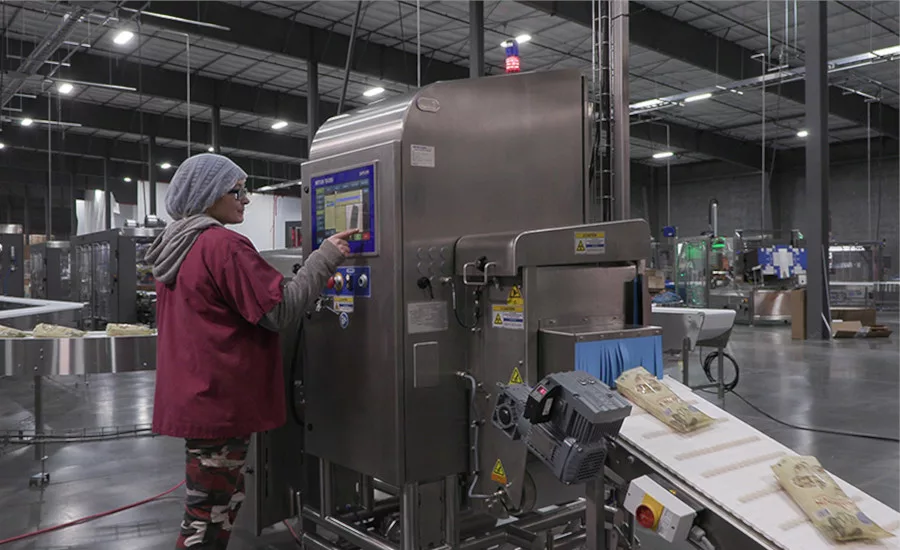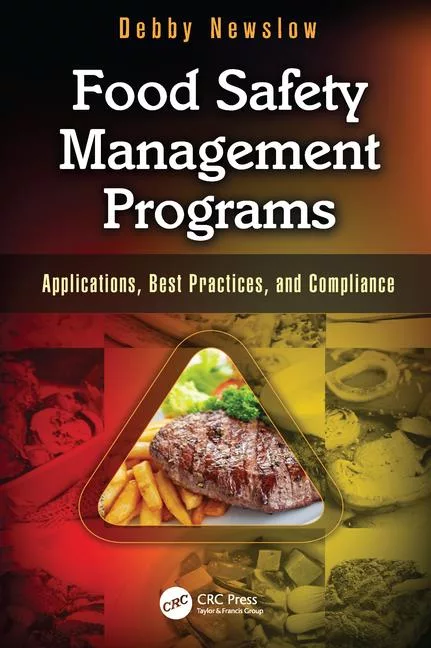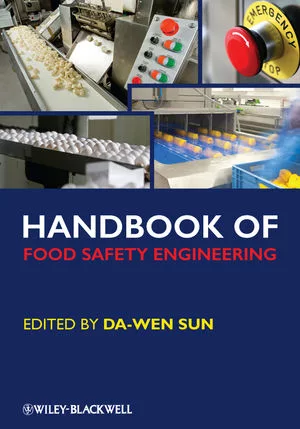Sponsored Content
Five Reasons Why You Need X-Ray Inspection

Image Credit: Mettler-Toledo.
Detection of foreign body contaminants is clearly the first task of an X-ray system, but it can also offer much more besides. Mike Pipe, Head of Global Sales of Mettler-Toledo Safeline X-ray outlines some of the many reasons to invest in X-ray inspection.
X-ray inspection has been proven to effectively detect a wide range of physical contaminants in food manufacturing and packaging, but this technology’s capabilities stretch way beyond just the product inspection field.
Many food manufacturers are already benefiting from deploying X-ray inspection systems to carry out a wide range of quality control and compliance duties and these additional capabilities also should be factored into the equation when considering the cost of an X-ray inspection system. In fact, the cost savings that X-ray inspection can deliver are significant, offering major benefits to manufacturers and brands.
Here are five key areas where X-ray inspection can make an important contribution:
-
Detect contaminants and uphold food safety
Foreign body detection is a critical aspect of any food manufacturer’s product inspection operation. While there are alternative technologies for contaminant detection – most notably metal detection – X-ray inspection systems are the most suitable choice for many food products. It works by measuring differences in absorption between low and high-density matter. X-ray can provide exceptional detection of contaminants such as metal, glass, calcified bone, mineral stone, and certain plastics and rubbers, regardless of the contaminant’s shape, size, or location within the product. However, it does have its limitations for product inspection. For example, contaminants of lower density, such as insects, wood, and polyethylene film are not detectable.
-
Avoid product recalls
For food manufacturers, product recalls represent a twin-headed peril: the costs of wasted products and production time on the one hand; the damage to its good name on the other. While the costs of the former are often quickly absorbed, the negative effects on brand reputation can be much more long-term.
The effective detection and removal of foreign body contaminants therefore falls squarely in the category of good business, as well as good customer care.
Implementing a well-designed X-ray inspection program can cut the risks and the costs involved in product recalls, with real-time data collection potentially helping to isolate smaller contaminated batches that need to be recalled, instead of an entire production run.
-
Protect brands
The absence of good product inspection can endanger consumer health and safety, and such incidents can lead to major legal action being taken. If a consumer has choked on a bone that was not detected in a food product, and a HACCP or HARPC audit shows that this risk of contamination should have been identified and mitigated against with X-ray inspection, then there will be very serious questions to answer. The relationship between manufacturer and retailer will also be put under severe strain.
X-ray inspection also provides the production documentation needed to prove that operating standards were maintained, which might prove critical in legal proceedings.
Increasingly, food manufacturers are highlighting their use of X-ray systems as a means of maintaining high quality, so that both customers and consumers can have greater confidence in products from that manufacturer. In some cases, this might even be starting to factor in the decisions that retailers and supermarkets make on the products they stock.
-
Comply with regulations and retailer specifications
A number of standards and codes of practice that have emerged from regulatory bodies such as the Global Food Safety Initiative (GFSI) and Good Manufacturing Practice (GMP), requiring food manufacturers to make their processes as safe and transparent as possible, and advocating inspection of all food and related products by X-ray inspection – an acknowledgment perhaps that X-ray is capable of providing the highest levels of product inspection available.
These standards are being embraced by retailers and in some instances are beginning to be used as a basis for supplier selection by these retailers. In addition, retailers and brand custodians are developing their own codes of practice for suppliers, while more and more supermarkets are insisting that suppliers implement a formal X-ray inspection program throughout their supply chain.
X-ray inspection systems assist with record keeping, providing an audit trail of activity that allows for disputes and queries to be quickly and transparently dealt with, and documentation easily produced for audit purposes.
-
Ensure product and packaging integrity
X-ray inspection is capable of a wide range of additional quality control tasks which it carries out simultaneously to detecting foreign body contaminants, amongst these tasks are:
- Counting components, identifying damaged components – knowing how many items should be in a pack.
- Identifying damaged packaging, inspecting seal quality to detect product trapped in the seal, and identifying missing components such as screw-caps.
- Measuring product mass – the sum of all the greyscale values in an image is proportional to the mass of the product, and this can be compared to a known mass value for a reference pack.
- Checking fill levels – the X-ray inspection image shows clear discrepancies in fill levels between packs, where perhaps one is under-filled and one over-filled, making the overall pack weight seemingly correct.
As we have seen, while X-ray inspection starts with food safety, it is also capable of adding much more, bringing value and transparency to the food supply chain. Planned and managed properly, X-ray inspection will quickly show itself to be invaluable, way beyond its core functionality.
For more information: www.mt.com/pi-pr
Looking for quick answers on food safety topics?
Try Ask FSM, our new smart AI search tool.
Ask FSM →






